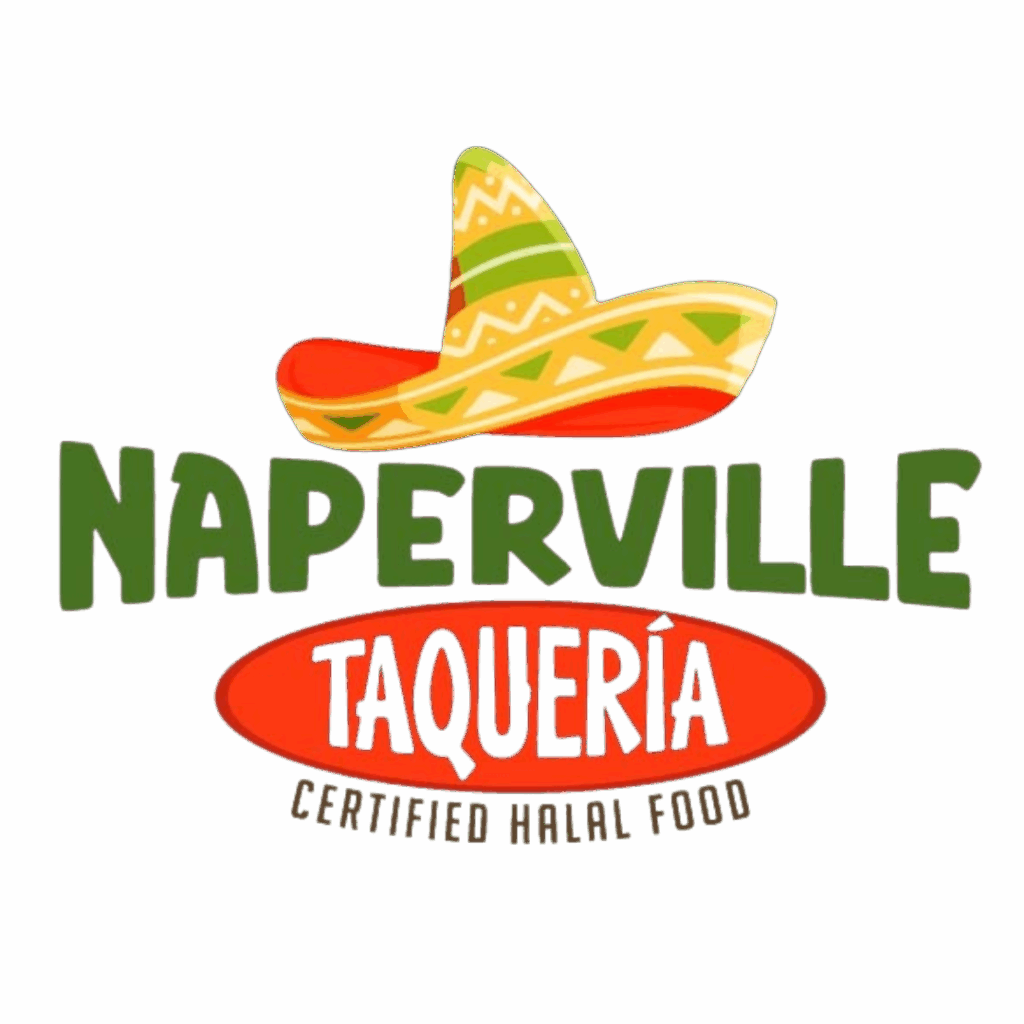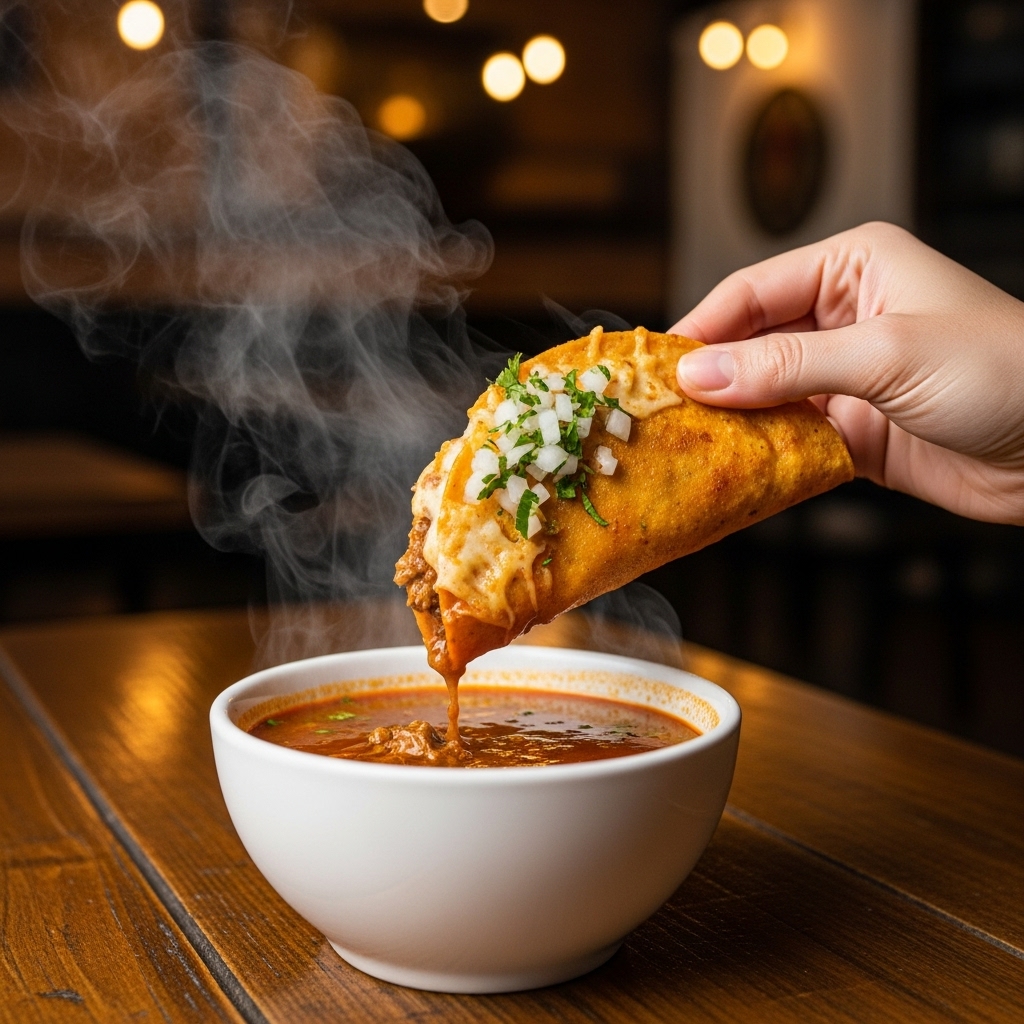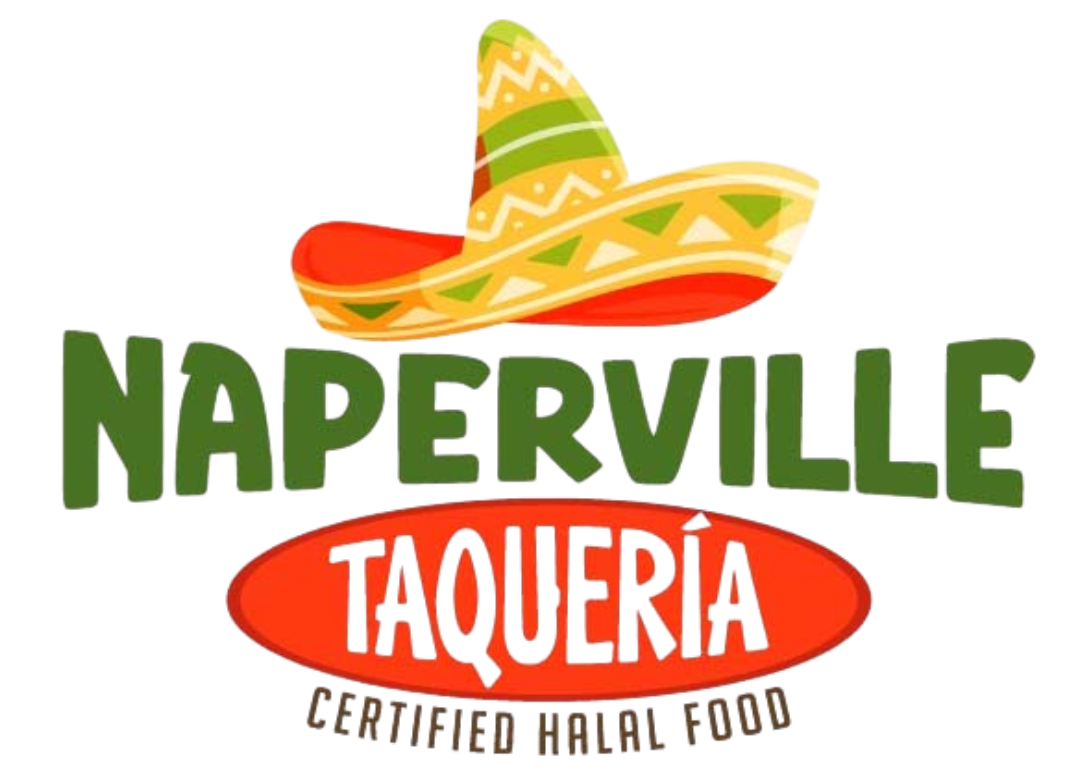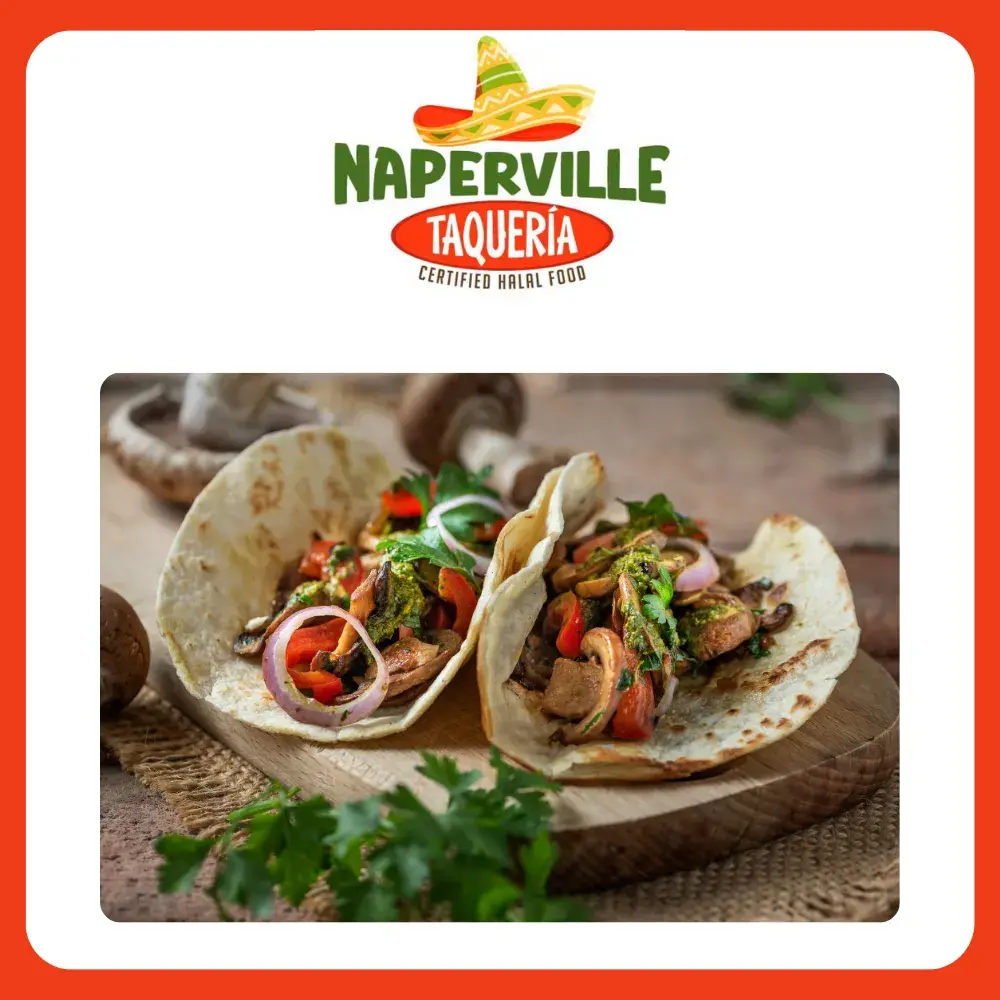Naperville’s Birria Moment
Birria landed in Naperville like a warm front—slow-moving, comforting, and immediately noticeable. It is the kind of taco that commands your full attention: long-stewed beef or goat bathed in a chili-forward adobo, shredded to tenderness, and served with consomé that invites you to dip until the last drop. Around town, you can find versions that lean bright and herbal, others that feel deep and roasty, and a few that indulge in the crisp-and-stretch of quesabirria with melted cheese sealing the edges. If you are planning a birria night, a quick look at a taqueria’s menu helps you decide whether you are in the mood for a classic taco with a side of consomé or a cheese-kissed variation built for dipping.
What gives birria its pull is patience. Good kitchens build flavor in layers—first by toasting chilies until they smell of chocolate and sun, then blending in aromatics, and finally letting the meat laze in that adobo until it gives itself up. When the pot lid lifts and the room fills with a warm, peppery bloom, you know you’re close. From there, tender strands meet hot tortillas, a ladle of consomé follows, and you’re handed a plate that belongs to a different, calmer pace of eating.
What to Expect in a Great Birria Taco
The tortilla should be hot and sturdy, often brushed lightly with fat skimmed from the stew so it bronzes on the plancha. The meat wants to be saturated with flavor but not waterlogged, with strands that pull apart without ropey resistance. Finely chopped onion and cilantro wake up the richness; a squeeze of lime adds just enough lift to keep each bite from drifting into heaviness. Then comes the ritual: dunk into consomé, pause to admire the red tide clinging to the tortilla, and go back for the second bite before it cools.
Quesabirria adds another dimension. Cheese melts into the tortilla, meeting meat at the seam, and the plancha stamps a crisp line across the fold. It is a study in contrast—stretch and crunch, juicy and toasty—and Naperville’s better versions keep the cheese in proportion so it amplifies rather than smothers the stew’s character. If you like to chase texture, order one classic birria taco and one quesabirria, then compare dips. The consomé tells you everything about the kitchen.
Jalisco Roots, Naperville Groove
Birria’s lineage runs through Jalisco, where families coax deep savor from chilies like guajillo and ancho and from spices that turn warm rather than hot. In Naperville, that lineage shows up in weekend pots that quietly simmer behind the counter and in weekday batches that sell through reliably. Some kitchens lean goat, others beef; both can be excellent if the adobo is confident and the cook respects the long arc of the braise. You will taste the difference between a pot that has had time to settle and one rushed to meet a surprise wave of orders.
On a chilly night along Ogden or near the Riverwalk, birria feels like the right answer to almost any question. The first bite disarms, and the second convinces you to slow down. It is food that reshapes the table, pulling conversation inward as everyone negotiates the dip-and-bite pace with delighted concentration. Naperville has embraced that quiet ritual, and you can sense it in the way people sit forward in their chairs, eyes on the bowl of consomé like a small, shared fire.
Order Like You Mean It
If you see both goat and beef on offer, decide whether you want rustic depth or a slightly sweeter, beefy roundness. Goat can carry a pastoral note that sings when matched with a bright green salsa; beef often leans plush and benefits from roasted reds. Either way, ask for lime and keep a napkin close. If quesabirria is tempting, pair it with a classic taco rather than going all-in on cheese. Variety keeps your palate engaged and lets the consomé be star rather than prop.
Consider the tortilla strategy, too. Many kitchens use tortillas dipped lightly in the stew’s surface fat, then griddled to a crisp-tender finish. That technique builds a protective layer so the taco can withstand multiple dunks without collapsing. It also adds a savory perfume that floats above the bowl like a promise. If you have room, chase your tacos with a small sip of consomé on its own—brothy, spiced, and quietly restorative.
When to Go
Weekends are a sure bet; pots are bigger, and the flow of orders keeps everything moving. Early lunch can be wonderful, especially if you like a slightly cleaner, brighter consomé before the day’s flavors grow deeper. Evenings bring a more languid pace—the kind that invites you to sit a little longer and let the bowl steam in front of you between bites. If birria is listed as a special, call the play early; when it’s gone, it’s gone, and you do not want to watch someone else carry off the last bowl.
In cooler months, you will appreciate how birria warms more than your hands. The spices rise gently without jabbing, and the broth seems to stitch the meal together. In summer, bright salsas and lime keep the stew feeling lifted, not heavy. Naperville’s kitchens pay attention to those seasonal cues, adjusting heat and toastiness so the balance stays right as the weather shifts.
The Mid-Bite Pause
There is a moment, two dunks in, when everything aligns: tortilla still crisp at the edge, meat perfectly juicy, lime sparkling at the top of your palate. That is the heart of birria. The trick is to keep each bite in that window—no rush, no delay. Share sips of consomé around the table, compare the way salsas change the broth, and let the tacos dictate a tempo that feels like a small ceremony. In Naperville, we have learned to recognize that hush and smile when it arrives.
As you work through your plate, take note of the kitchen’s small tells. Are the onions chopped fine enough to disappear between bites? Does the cilantro taste freshly cut? Is the cheese, if present, sealed cleanly along the fold? Those details separate a good birria night from a great one, and they are usually the result of calm, practiced hands at the plancha.
Pairings and Palate Tweaks
Birria loves contrast. A squeeze of lime resets the richness; a spoon of salsa verde can snap the broth to attention. Roasted reds add bass notes and cozy warmth. Radishes between bites refresh your mouth so the third dunk feels as vivid as the first. If you like heat, layer slowly rather than blasting the first taco. You will taste more of the stew’s nuance when the spice builds rather than spikes.
Leftover consomé, if you are lucky enough to have any, makes a beautiful second act at home. Warm it gently and sip, or use it to reheat a tortilla for a late-night snack that carries a whisper of the earlier feast. Birria is generous that way; it lingers without overstaying.
Mid-Meal Strategy Check
Halfway through, reassess. If your first taco was queso-sealed, make the second a classic to let the stew speak cleanly. If you began with beef, consider goat for contrast. And if the salsa you started with feels a touch loud, pivot to lime and onion for a cleaner read on the broth. A quick glance back at the menu might prompt an extra order if the kitchen lists a limited-run batch—no shame in one more dip when the pot is singing.
Bring a friend who appreciates unhurried meals. Birria is social by nature; it pulls people into the same rhythm without needing much conversation to justify the pause between bites. In that shared quiet, the kitchen’s work shows itself most clearly.
FAQ
Q: What is birria, exactly?
A: Birria is a slow-stewed meat—traditionally goat, often beef—marinated in a chili-forward adobo and cooked until tender. It is served as tacos with a side of consomé for dipping, or as quesabirria with melted cheese griddled into the tortilla.
Q: How spicy is birria?
A: The heat is usually moderate and warm rather than sharp. Chilies like guajillo and ancho build depth and color more than aggressive heat. Salsa choices let you dial spice up or down per bite.
Q: What should I look for in great consomé?
A: Clarity and balance. It should taste layered—chili warmth, gentle spice, and meaty savor—without oiliness or bitterness. A slight sheen on top is normal and adds aroma.
Q: Is quesabirria better than classic birria tacos?
A: Neither is better; they serve different moods. Quesabirria brings crunch and stretch, while a classic taco keeps the stew’s voice pure. Ordering one of each is the easiest way to decide what you love.
Q: When is the best time to order birria?
A: Weekends and early lunch are reliable. If birria is a special, order early in service; once a pot sells through, that is usually it for the day.
Q: Beef or goat—how do I choose?
A: Beef leans round and plush, goat leans rustic and aromatic. If you like brighter salsas, goat can be thrilling; if you want cozy depth, beef is hard to beat.
Q: Can I take birria to go?
A: Yes. Keep consomé in a separate container, assemble tacos just before eating, and rewarm tortillas briefly on a hot pan to preserve texture.
Go Find Your Favorite Pot
Naperville is a good place to fall for birria. The kitchens that make it well let patience do the talking, and the result is a taco that feels both celebratory and grounding. Bring someone you like, order smart, and let the bowl’s steam set the mood. When you are ready to map your plan, open the menu, choose your path—classic, queso, or both—and settle into the comforting pace of dip, bite, smile, repeat.







